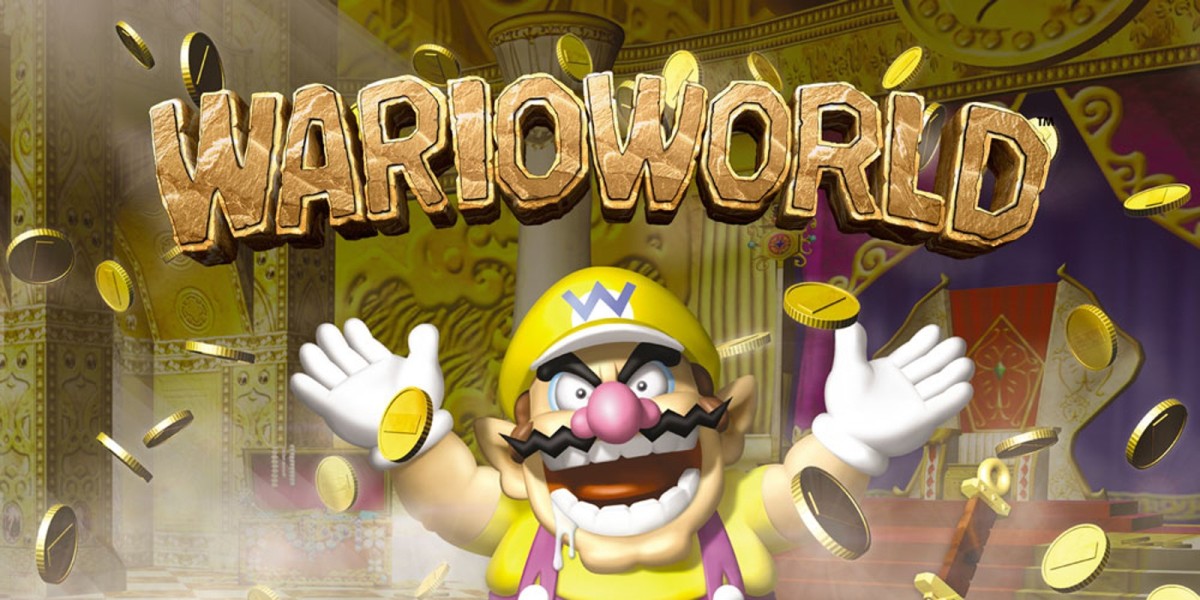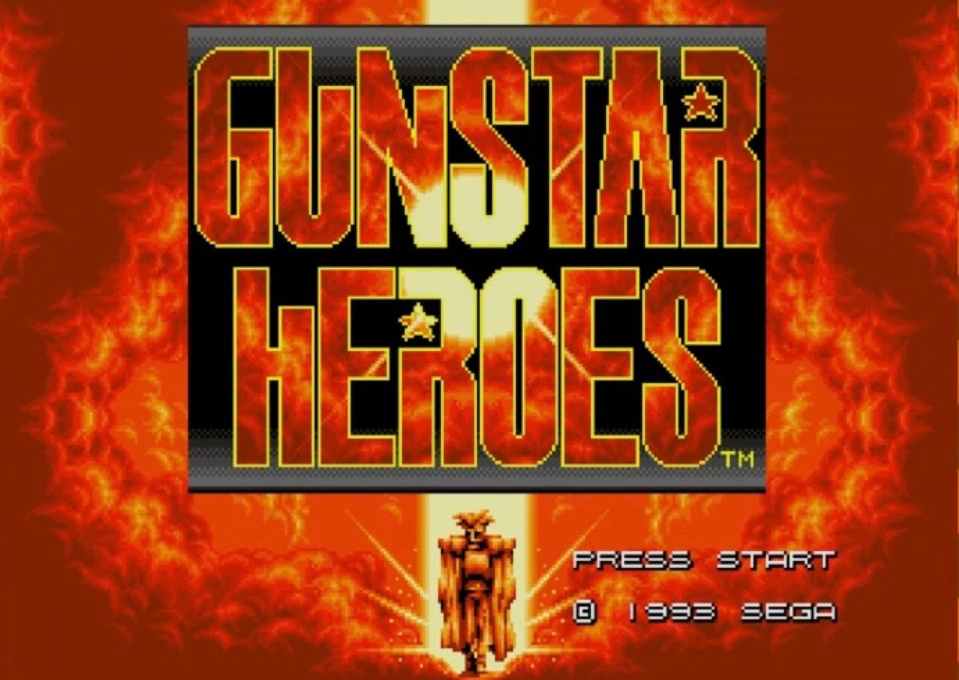The world was first introduced to Wario, the “anti-Mario” as the villain of Super Mario Land 2: 6 Golden Coins on the Game Boy in 1992. He would then go on to star in his own series of Mario Land spin-offs – Wario Land which released on the Game Boy, Game Boy Color, and Game Boy Advance, respectively. Wario also appeared as a playable character in games like Mario Kart or Mario Party, but it wouldn’t be until 2003 that he would star in his own adventure on a Nintendo home console.
Wario World was first released in June 2003 on the GameCube and was developed by Treasure, the studio behind games such as Gunstar Heroes, Sin and Punishment and Radiant Silvergun. The game begins with Wario sitting inside his castle, pleased with the riches he has accumulated. Suddenly, the evil Black Jewel is awakened after being stolen by a greedy treasure hunter and transforms the castle entirely and the riches located inside become a legion of enemy monsters. The titular antihero then embarks on a quest to put a stop to the Black Jewel and restore his humble abode to its former state. Wario must navigate his way through four worlds, each consisting of two stages and a final boss fight.

I played a small portion of Wario World shortly after its release, but for one reason or another had never made much progress. I was curious to return to the game and evaluate my experience in 2022. Having finished it recently, I can say I’m actually a bit upset I didn’t play more of the game back then. It’s a delight to play and has held up very well for something released nearly two decades ago.
One of the very first things I noticed when starting up Wario World again was how the controls still feel remarkably nice for a game released in 2003. GameCube games haven’t suffered the ravages of time to the same extent of many N64 games, but can still feel dated by today’s standards. As with most other Nintendo platformers, Wario’s movement sits right in the middle ground between feeling too heavy and too floaty. I still find it interesting how I spent so many years playing games with exclusively inverted camera controls. It’s a little jarring going back to early 2000’s games after spending some many years with games where inverted controls are an afterthought(thanks, Halo).
While the primary gameplay mechanic of comparable GameCube games like Super Mario Sunshine or Luigi’s Mansion centers around a particular item – F.L.U.D.D. or PolterGust 3000, Wario World takes advantage of Wario’s greater level of physicality than the brothers Mario, making the game a much more straightforward action/platformer as the garlic-breathed antihero can punch, grab and slam enemies. Some advanced maneuvers such as the spinning piledriver or screw attack-esque Corkscrew Conk will need to be utitlized in order to reach certain areas of a stage. The red jewels needed to complete a level can be found in underground treasure rooms; some consisting of little more than stone pillars to pulverize or platforms to ascend, and others require you to traverse a sprawling expanse of 3D platforms very similar to the ones found in Mario Sunshine. I’m reasonably confindent in saying I felt the camera controls in Wario World are noticeably better than Sunshine, making these sections less nerve-wracking.

I was also pretty impressed with the boss fights in Wario World, each one of them feeling innovative and enjoyable. There was only a couple boss fights that presented any significant challenge – one being my battle against Red Brief – J., this being (just about)entirely due to the fact I hadn’t grasped the fight “gimmick” just yet. I was able to knock the Speedo-clad bull into the liquid-hot magma by doing a ground pound on the metal platform where the fight took place. I don’t know if I’d call Wario World a “difficult” game, especially when compared to some of Treasure’s other games(Hello, Radiant Silvergun). It’s a very approachable action/platformer, but certainly ratchets up the difficulty in the later levels. One thing that makes Wario World much more forgiving than other Treasure games is the ability to purchase a continue whenever your health is depleted; it can also be acquired by eating bulbs of garlic dispensed by vending machines in each level. Garlic and continues are purchased using the gold coins scattered across the levels and dropped by defeated enemies. I accumulated plenty of gold coins throughout my time in the game, so I never really felt I was in danger of running out of continues – this could be considered a pro or con, depending on the person playing.
The significant interest/demand in GameCube games the past few years can be easily attributed to the inevitable wave of nostalgia for something around 20 years ago – hell, I’m writing this while listening to music from Majora’s Mask, but combined with the perceived “failure” of Nintendo’s adorable little hexadron has resulted in many games becoming hard to find…as well as quite pricey, almost unreasonably so. This is unfortunate for games like Wario World(or Fire Emblem: Path of Radiance, F-Zero: GX, Metroid Prime 2…I could go on) as it is an excellent game that could should have reached a bigger audience. The biggest criticism of Wario World at the time was concerning the game’s length(6-10 hours) and that perhaps it wasn’t “unique enough” to stand out against other first-party Nintendo GameCube games…again, like Mario Sunshine or Luigi’s Mansion. Wario World is a very approachable action/platformer, but can still provide enough of a challenge to keep longtime fans of the genre engaged. A solid game and heartily recommended…
Thanks for reading!






